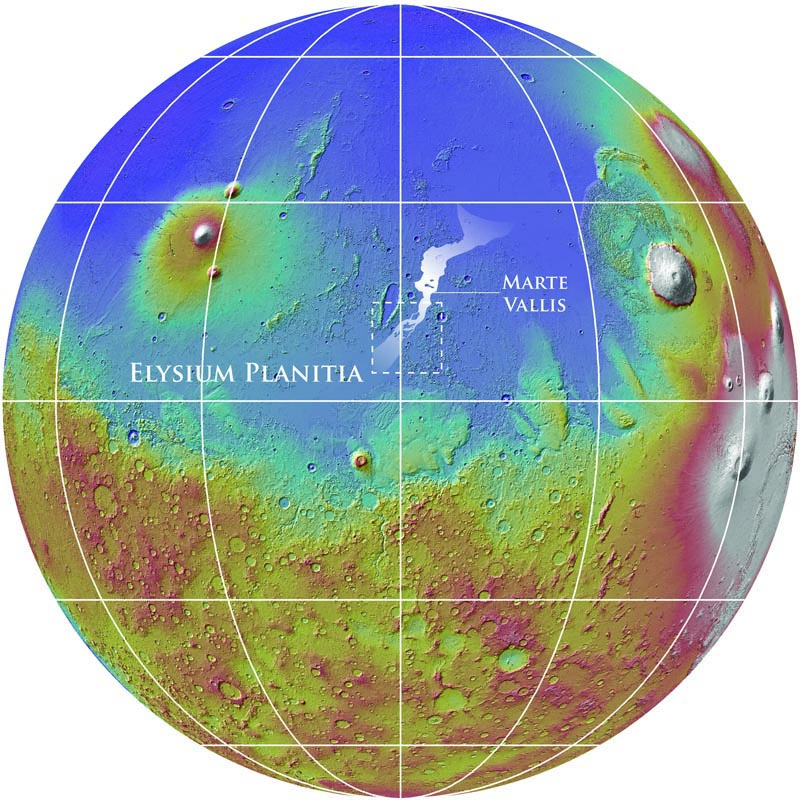Cats, celebrities and fictional creatures all have a home in the asteroid belt. That’s because the people that found these asteroids often have the privilege of naming the minor planets after anything they want — with a few guidelines, of course.
So what are the rules? According to the International Astronomical Union’s Minor Planet Center, all “minor planets” should adhere to the following guidelines:
– 16 characters long, or less;
– One word, if possible;
– Pronounceable, non-offensive and not too similar to names of other minor planets or natural planetary satellites;
– If named after a military/political persona, 100 years must have passed since the person died or the event occurred;
– No commercial names;
– Names of pets are strongly discouraged. (More on that later.)
Below are some of the more whimsical names of asteroids. What’s awesome about them is how willing the discoverer was to show his or her light side on what must have been a solemn occasion for them.
9) James Bond (9007): This actually isn’t too surprising, since Bond has been to space a few times, most notably attempting “re-entry” during the film Moonraker. Still, it’s a fair stretch from flying the space shuttle to navigating the asteroid belt.
8) Odysseus (1143): This ever-patient sailor probably would have been unhappy with a trip into space in addition to seeing his friends die in war, fighting with the Cyclops and getting stranded far from home.
7) Beowulf (38086): Named after the hero in an Old English epic poem. He’ll be handy in case we come across any Grendel-like creatures in outer space.
6) Tomhanks (12818) and (5) Megryan (8353): Cue the “sleepless in space” jokes, which accelerated in other media when the two asteroids came within 40 million miles of each other in 2011 (relatively close for asteroids.) That said, Tom Hanks is a well-known advocate of the space program. He starred in Apollo 13, was prominent behind the scenes in HBO’s From the Earth to the Moon miniseries and is a friend of astronauts.
4) Apophis (99942): This asteroid has come under a lot of scrutiny because for a while, astronomers weren’t clear on if it would hit the Earth. But we know now it is definitely not a threat. The asteroid is actually named after a nemesis character in the sci-fi series Stargate SG-1.
3) Monty Python (13681): The famed British comedy troupe now has a permanent monument to their silly walks and elderberry insults in space. Not only that, but each of the members of the group has an asteroid named after him.
2) Mr. Spock (2309): This asteroid was not named after the famous Star Trek character, but after the cat of discoverer James B. Gibson. The feline, like its namesake, was also “imperturbable, logical, intelligent, and had pointed ears,” according to a notice published in September 1985 in the Minor Planet Center.
1) Jabberwock (7470): In the ultimate expression of gyring and gimbling in the wabe, Lewis Carroll’s famous Jabberwocky poem has a namesake. We just hope it didn’t inherit the jaws and claws.
We also wanted to mention another named asteroid, even though we don’t think it has a weird name at all: Asteroid 158092 Frasercain, named after our esteemed publisher of Universe Today. This asteroid was officially designated on August 21, 2008. You can read about it here.
Also, while looking for silly asteroid names, we stumbled across one that is quite meaningful and perhaps the most appropriate space name ever.
45 Eugenia has a moon called Petit-Prince, honoring Antoine de Saint-Exupéry’s The Little Prince. The children’s book follows the exploit of a boy who lived on an asteroid and explored other asteroids, as well as Earth.
You can explore the database for yourself here.


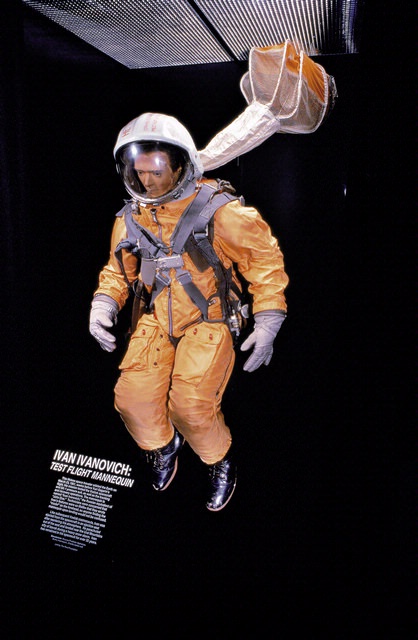

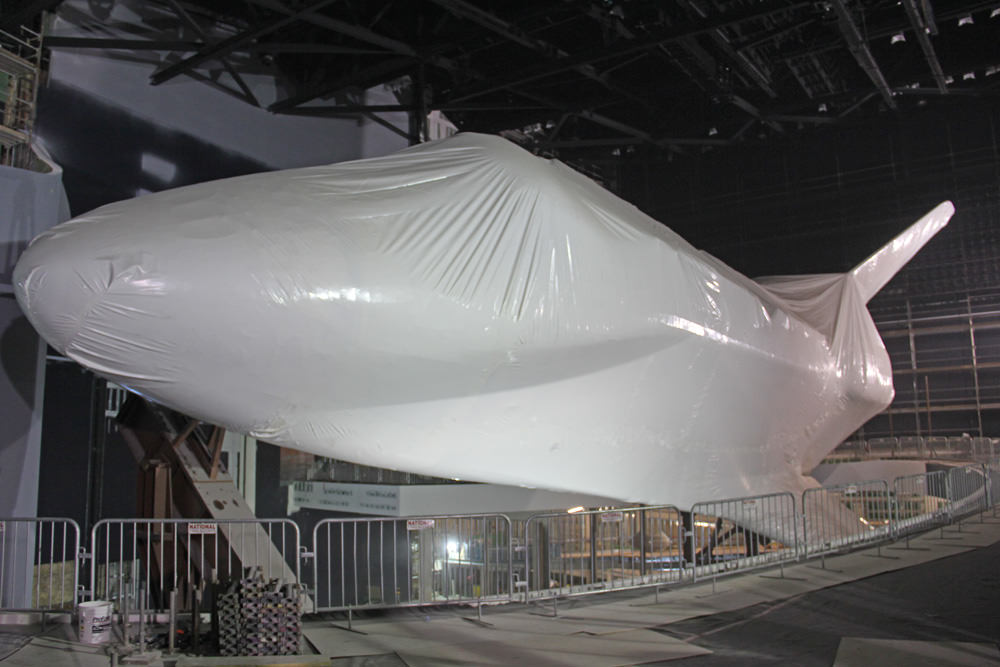


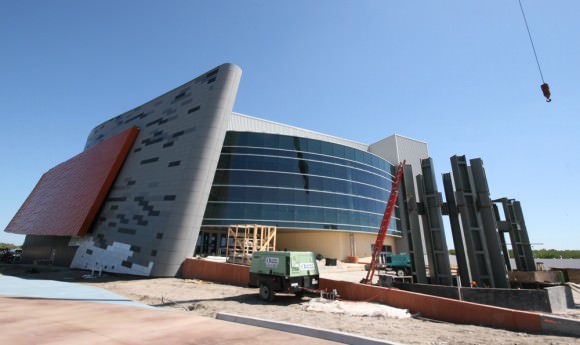

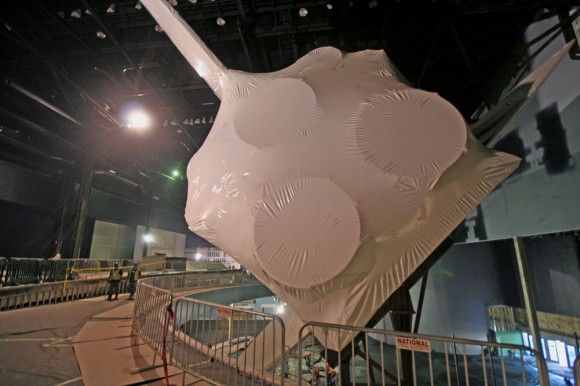
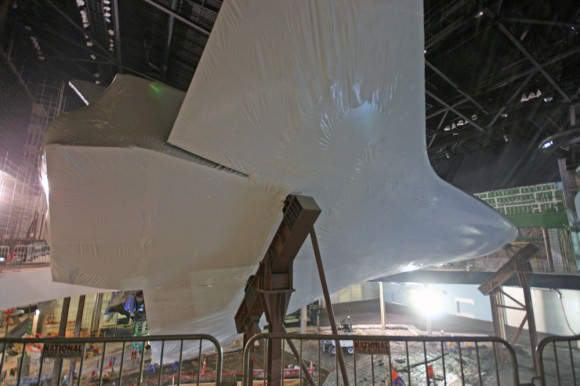



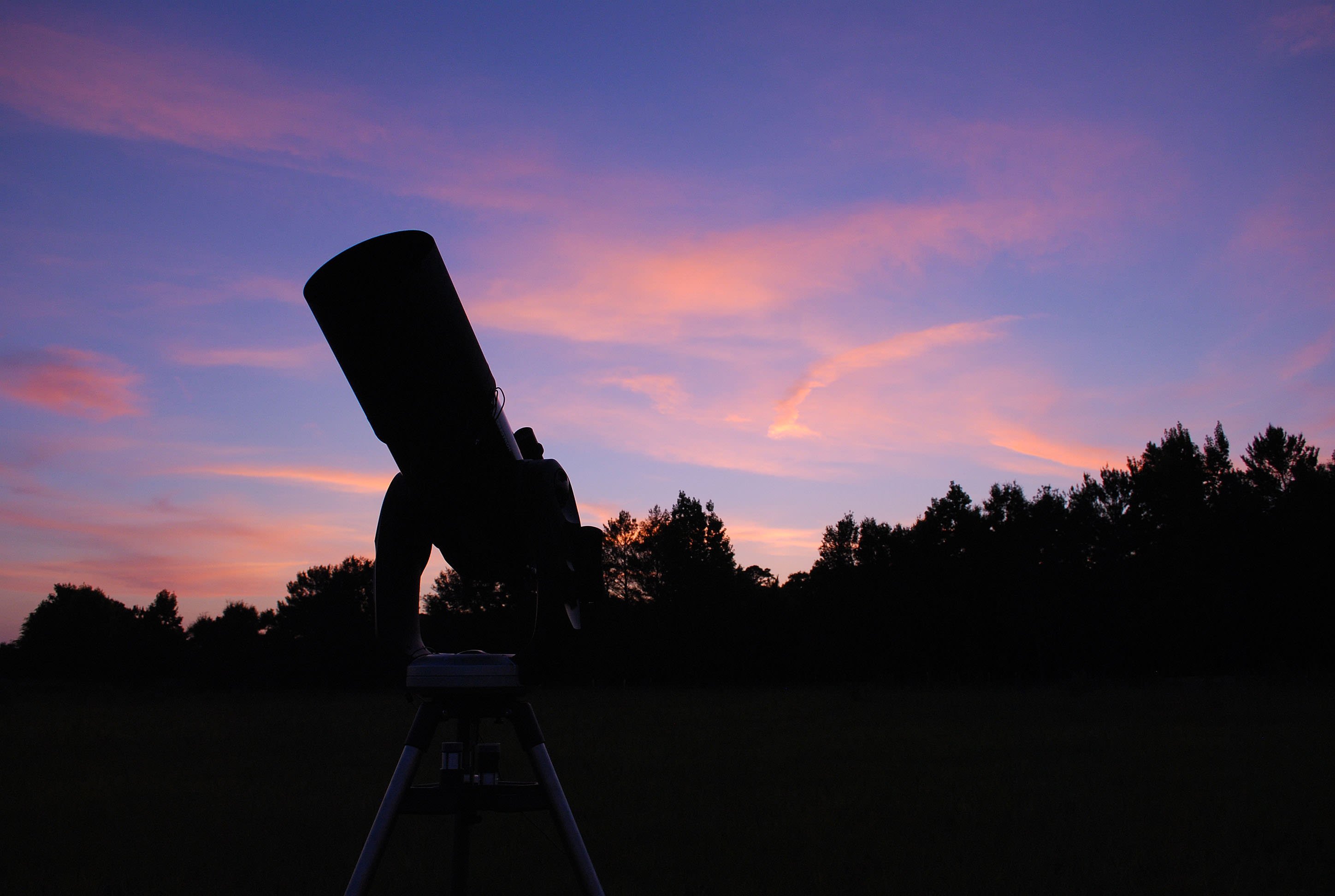
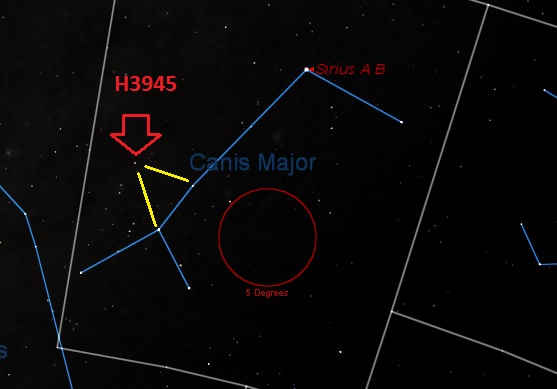
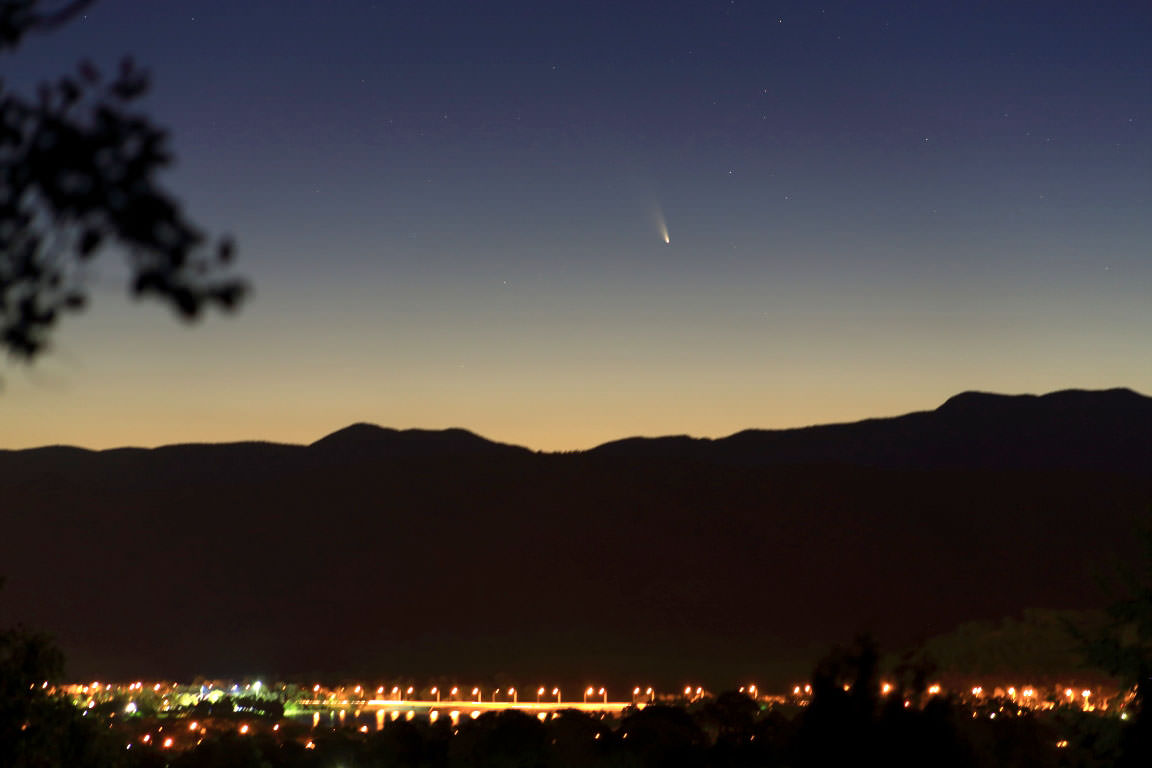
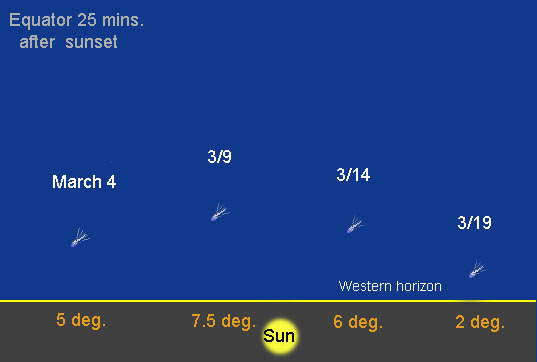
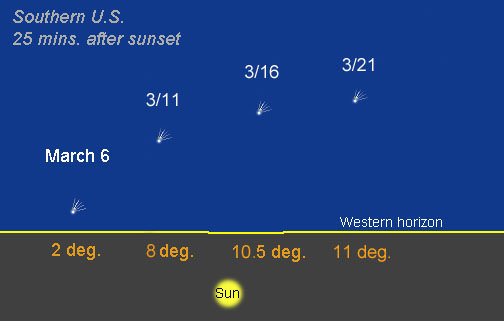
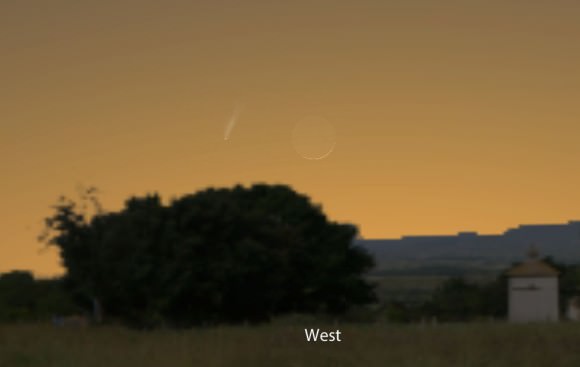

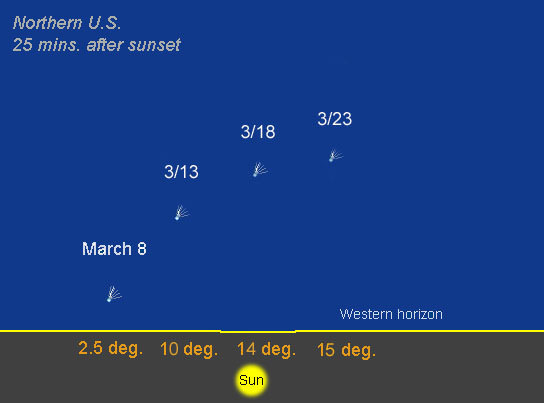


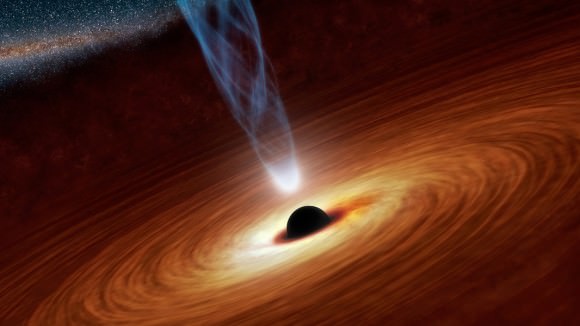

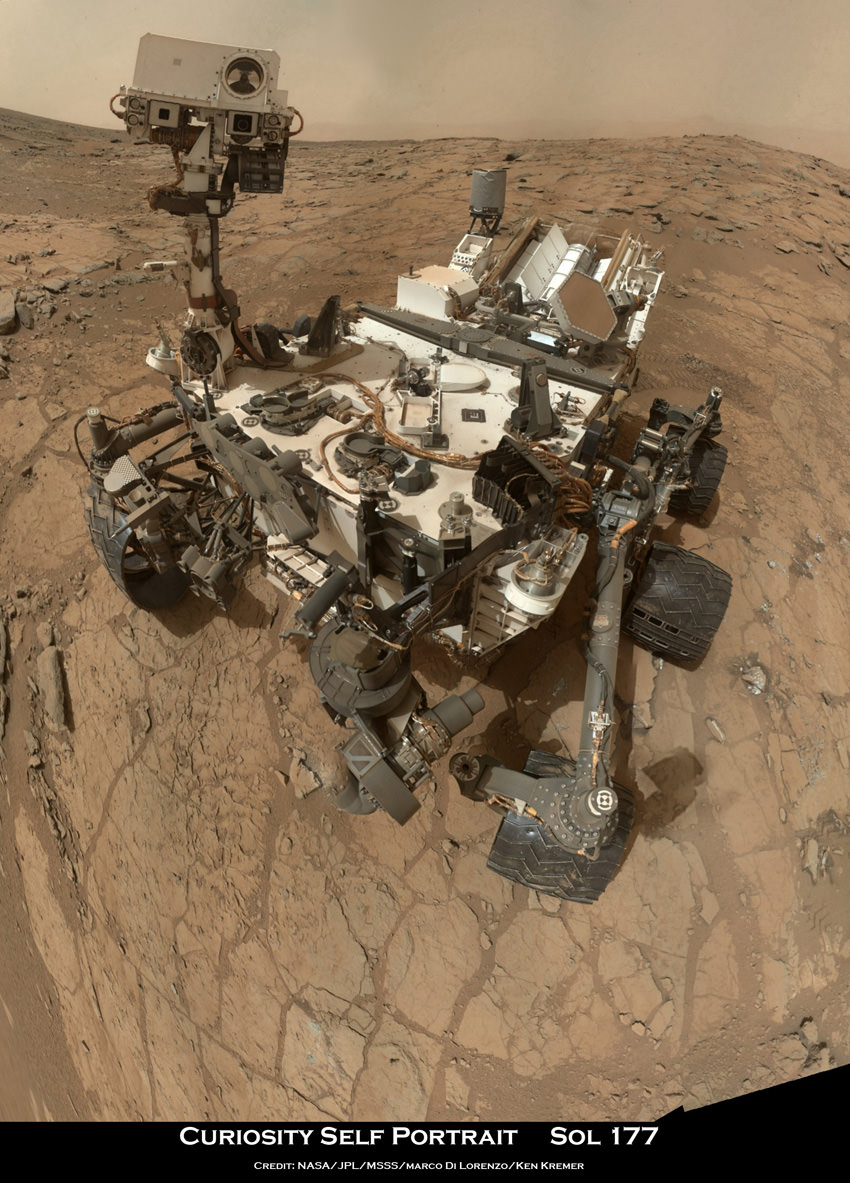
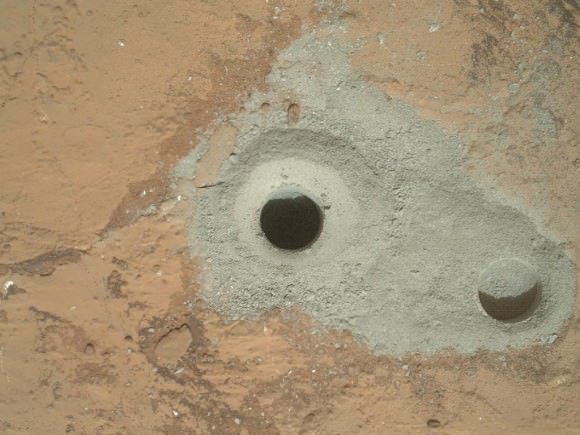
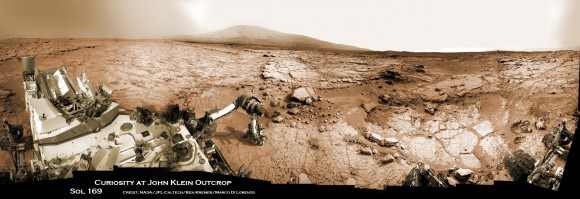 Curiosity accomplished Historic 1st drilling into Martian rock at John Klein outcrop on Feb 8, 2013 (Sol 182), shown in this context mosaic view of the Yellowknife Bay basin taken on Jan. 26 (Sol 169) where the robot is currently working. The robotic arm is pressing down on the surface at John Klein outcrop of veined hydrated minerals – dramatically back dropped with her ultimate destination; Mount Sharp. Credit: NASA/JPL-Caltech/Ken Kremer/Marco Di Lorenzo
Curiosity accomplished Historic 1st drilling into Martian rock at John Klein outcrop on Feb 8, 2013 (Sol 182), shown in this context mosaic view of the Yellowknife Bay basin taken on Jan. 26 (Sol 169) where the robot is currently working. The robotic arm is pressing down on the surface at John Klein outcrop of veined hydrated minerals – dramatically back dropped with her ultimate destination; Mount Sharp. Credit: NASA/JPL-Caltech/Ken Kremer/Marco Di Lorenzo